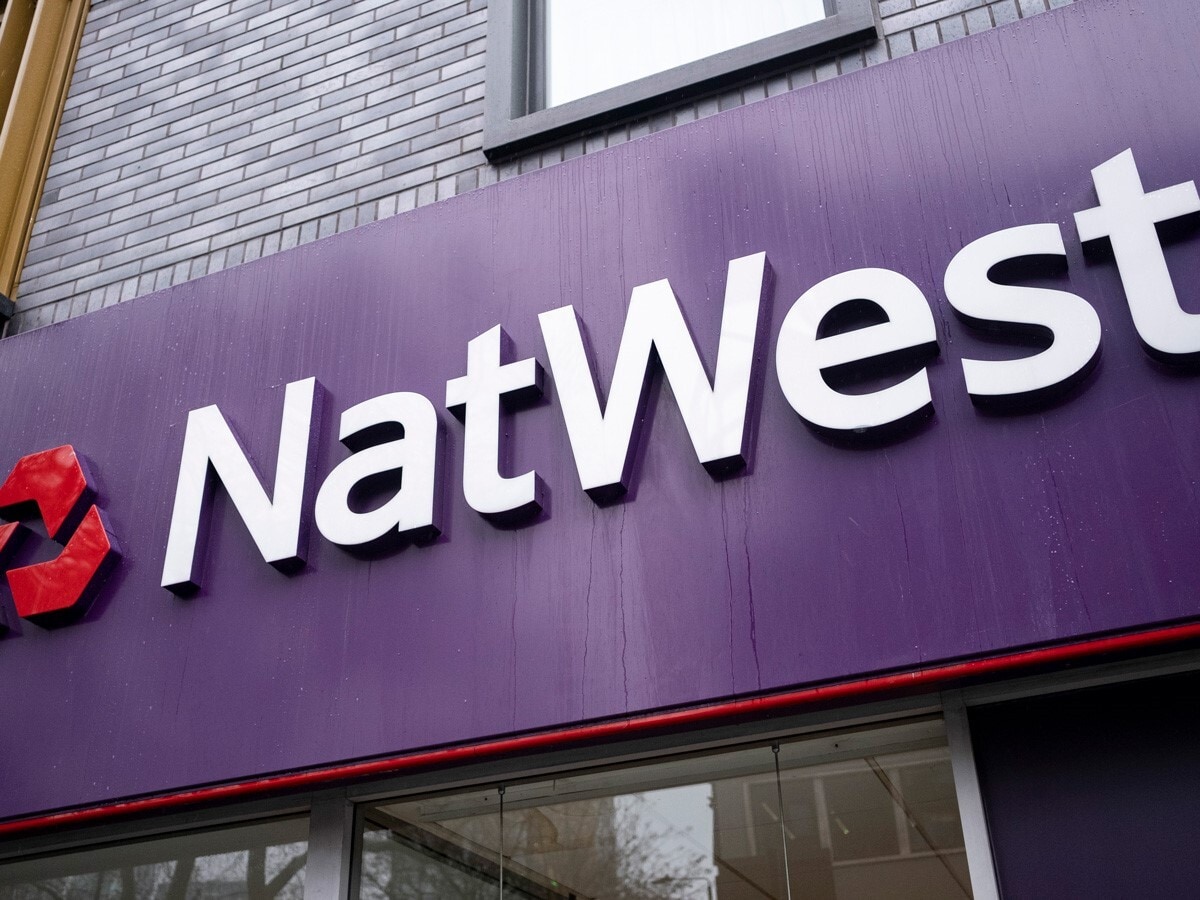NatWest’s share price has been under pressure after the collapse of Silicon Valley Bank (SVB) and Signature Bank, as well as Credit Suisse’s rescue by UBS. NatWest was trading close to five-year highs when news of SVB’s demise broke. The shares also dipped in February after the bank posted weaker-than-expected guidance, despite unveiling some impressive full-year numbers.
NatWest Group’s [NWG] share price, along with the wider global banking sector, has been under pressure after the collapse of SVB and Signature Bank in the US, plus the last-ditch rescue of Swiss giant Credit Suisse by rival UBS [UBS].
Swiss regulators facilitated the biggest bank buyout in more than a decade after UBS bought Credit Suisse in a $3.3bn deal, preventing what would have been the biggest bank failure since the fall of Lehman Brothers during the global financial crisis.
With several banks crumbling, the fear of contagion has led to some investors selling their bank holdings. Having reached a 52-week-high at 313.10p on 2 February, NatWest was still trading close to five-year highs at 294.15p on 9 March, when news of SVB’s demise broke. Since then, NatWest’s share price has fallen 12.12%, closing at 258.50p on Friday 24 March.
NatWest’s shares also dipped in February after the bank posted weaker-than-expected guidance, despite unveiling some impressive full-year numbers.
Are NatWest bank and its UK peers a risky investment?
Terry Smith, CEO of London-based investment manager Fundsmith, last week questioned the level of banks’ equity and the risk of loans going bad, as reported by the Financial Times. Using NatWest as an example, he calculated that “if 10% of the £52 of loans in every £100 of assets prove to be bad then the whole of shareholders’ equity is more than wiped out”.
In the worst-case scenario, this could lead to panic from depositors, as was the case with SVB, causing a ‘run on the bank’ as they withdraw their cash en masse. Smith also points out that “banks can be brought down by the actions of their peers”, as happened with some US regional banks following SVB’s collapse.
Notwithstanding this potential scenario, UK banks tend to be more risk-averse than their continental counterparts.
For example, investments in long-dated government bonds and a focus on tech start-ups were major contributors to the demise of SVB, while fellow US banks, Signature Bank and Silvergate Capital, collapsed largely due to a focus on cryptocurrencies, reports Invezz.com. Credit Suisse was affected by various scandals, including the collapse of Archegos Capital Management.
NatWest and Lloyds Banking Group [LLOY.L] in particular have little involvement in investment banking, and are unlikely to make the kind of risky investments that brought Credit Suisse to its knees.
UK banks are also now better capitalised because of regulatory changes since the 2008-09 financial crisis, as expressed by the CET1 ratio banks now have to publish in their annual financial results. Banks are also stress-tested against the potential scenario of a financial meltdown. These measures should help prevent the government from future bailouts, such as was seen amid the global financial crisis with the still 48.1% government-owned NatWest Group.
Disappointing guidance weighs on NatWest shares
NatWest’s share price also came under pressure in February after the bank posted a weaker-than-expected outlook, despite strong full-year results. Total income jumped 26% to £13.2bn, and pre-tax profit rose by more than a third to £5.1bn, while operating expenses fell by £71m compared with the previous year.
NatWest said it expects income for 2023 of around £14.8bn, below the previous forecast of £15bn, with net interest margin around 3.2% for the remainder of 2023. This is lower than analysts’ estimates of 3.38%, though further rate rises should help this figure climb.
NatWest’s share price under-valued
There’s little dispute that the UK’s banks are fundamentally safe, but the spill-over from SVB and Credit Suisse—which failed for different reasons—has spooked banking stocks.
However, analysts remain upbeat on the longer-term outlook, even though Berenberg lowered its NatWest target price from 380.0p to 360.0p on 20 February, following the group’s annual results, based on the bank’s “conservative” revenue and cost guidance, which it said was “disappointing”.
The 17 analysts offering 12-month price targets for NatWest with the Financial Times have a median target of 380.00p, with a high estimate of 510.00p, and a low estimate of 300.00p. The median estimate represents a potential upside of 47.0% from Friday’s closing price of 258.50p, with even the lowest forecast signalling a 16.1% increase.
Among 21 analyst recommendations with the Financial Times, there are four ‘buy’ and 11 ‘outperform’ ratings, along with five ‘hold’, and just one ‘underperform’, confirming analysts’ positive outlook on NatWest.
Continue reading for FREE
- Includes free newsletter updates, unsubscribe anytime. Privacy policy





